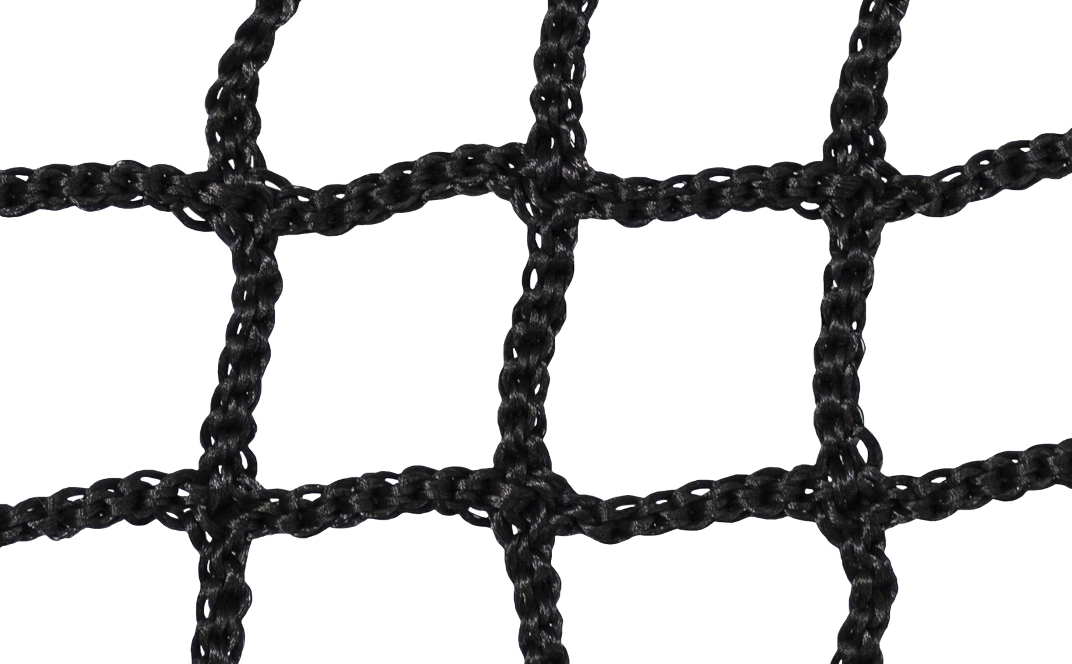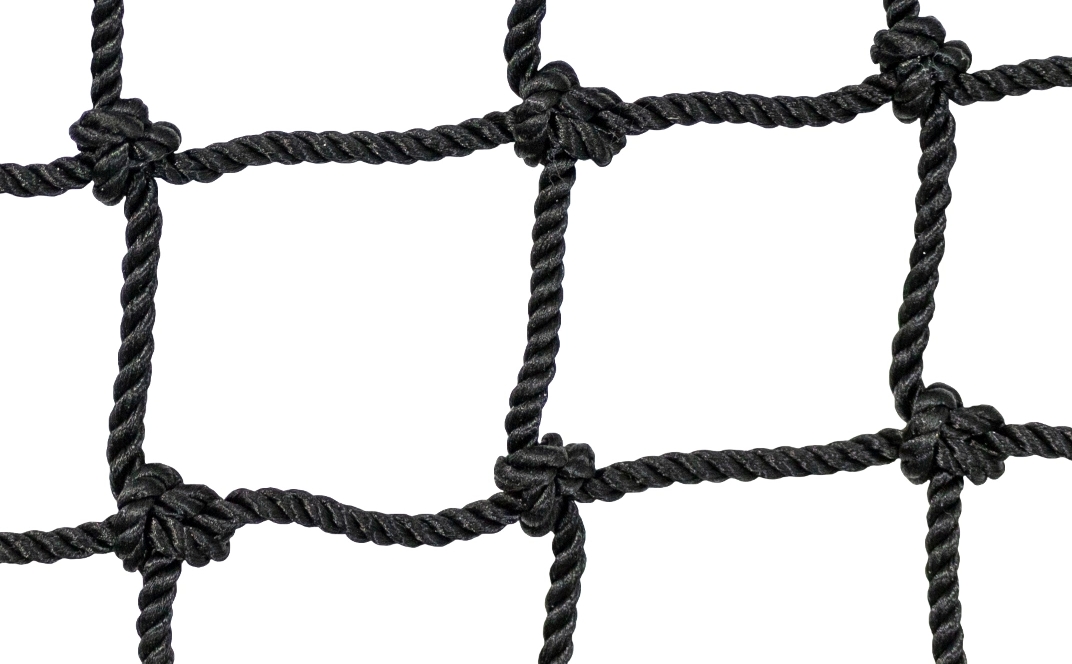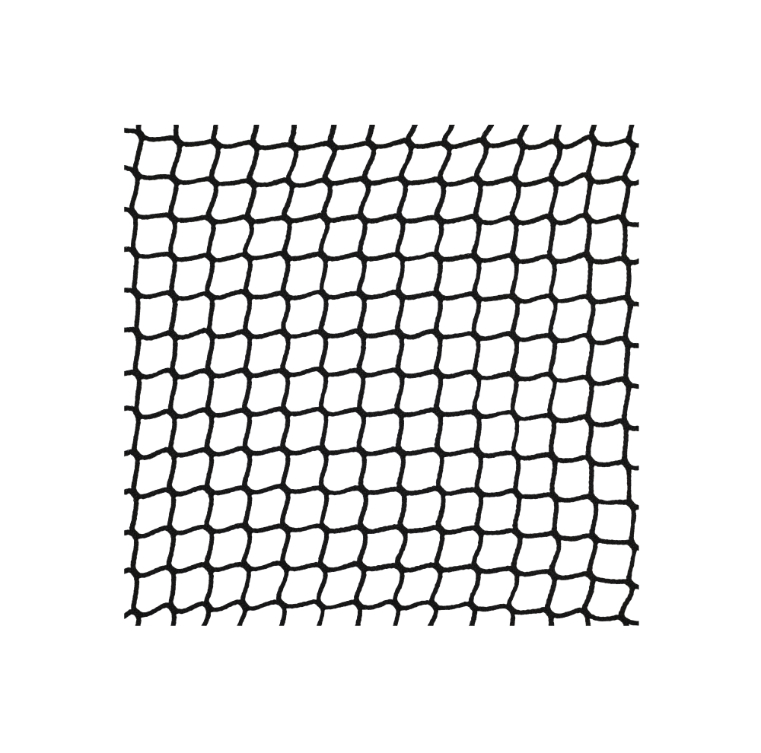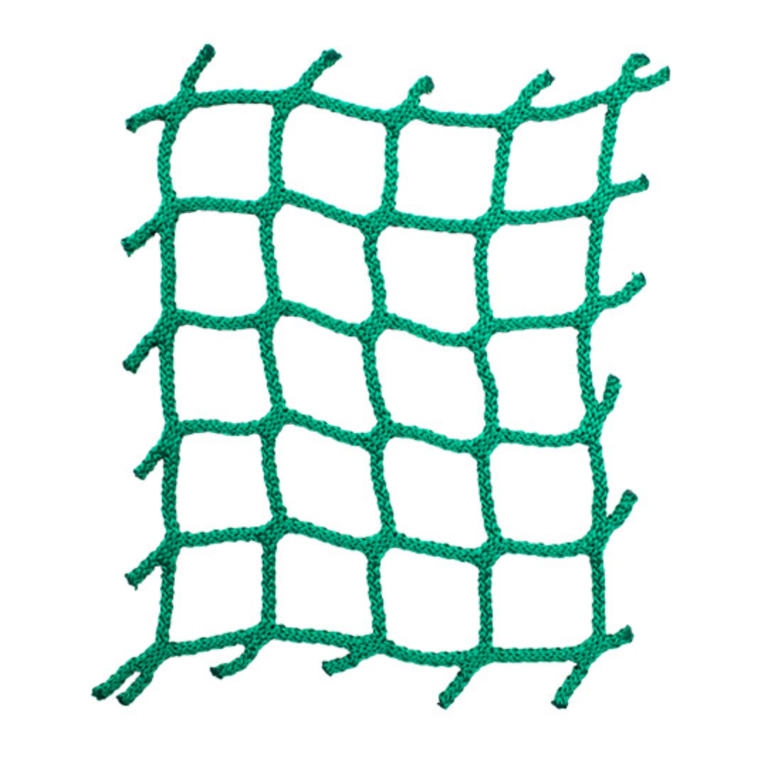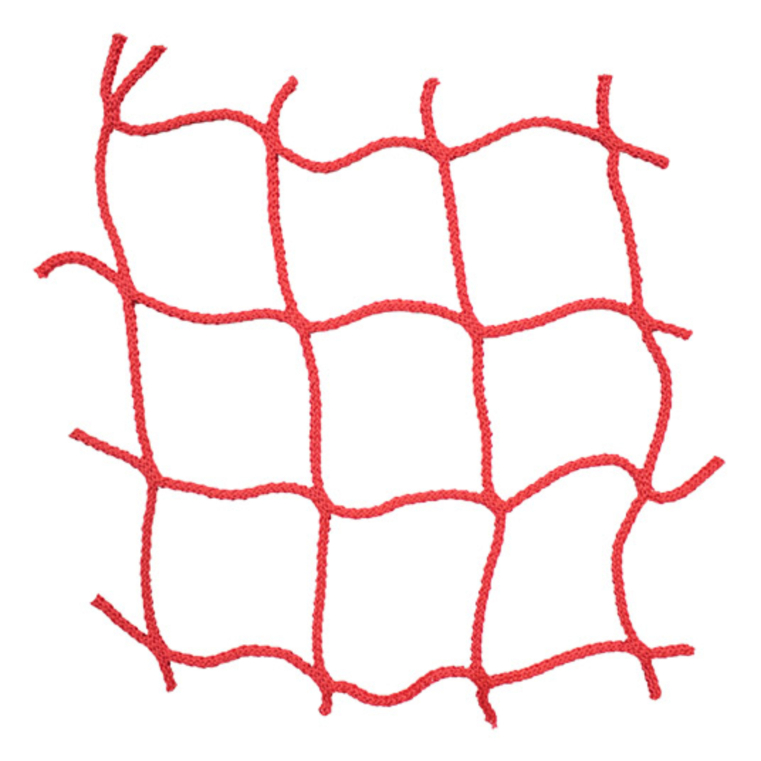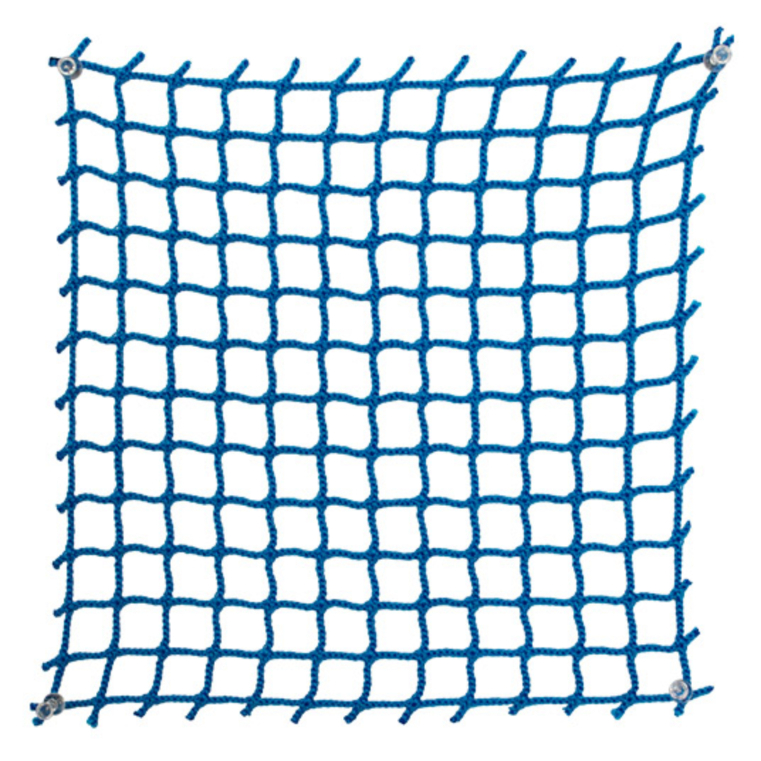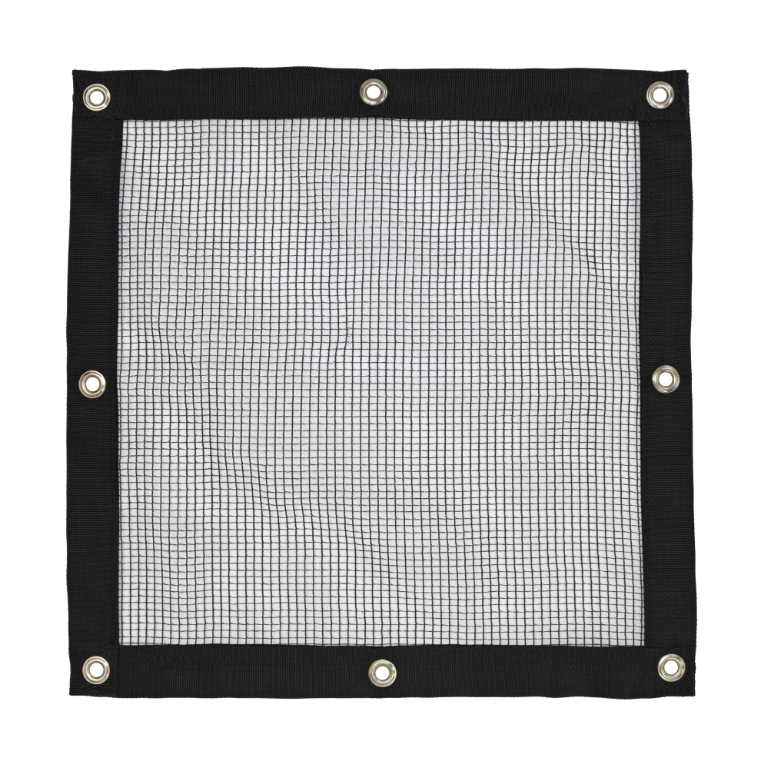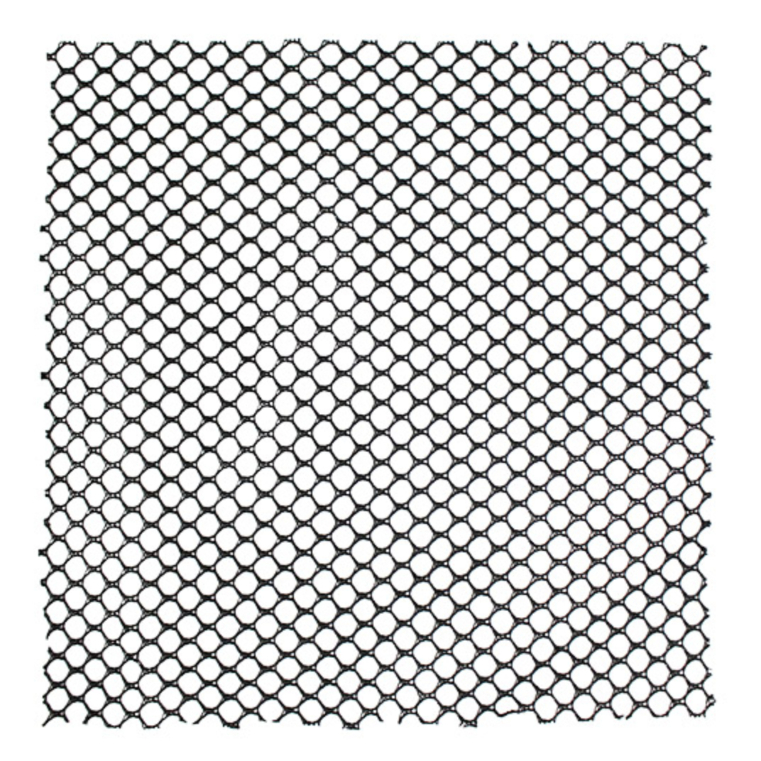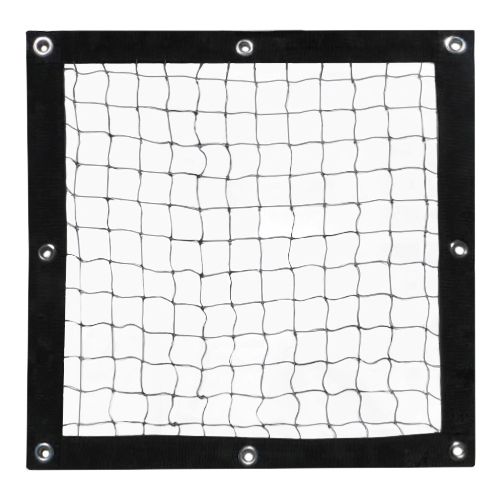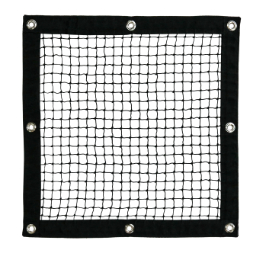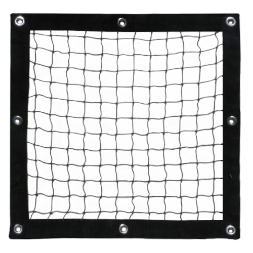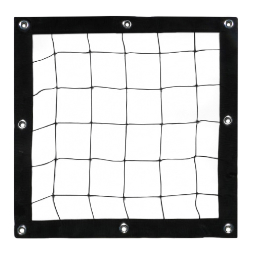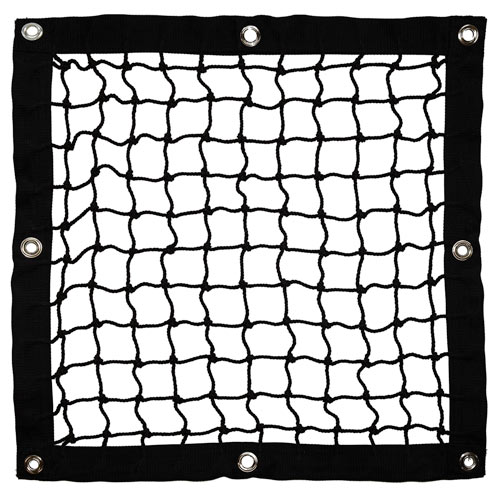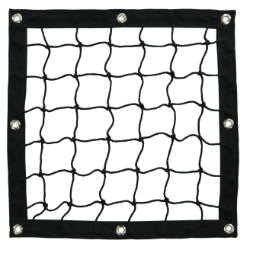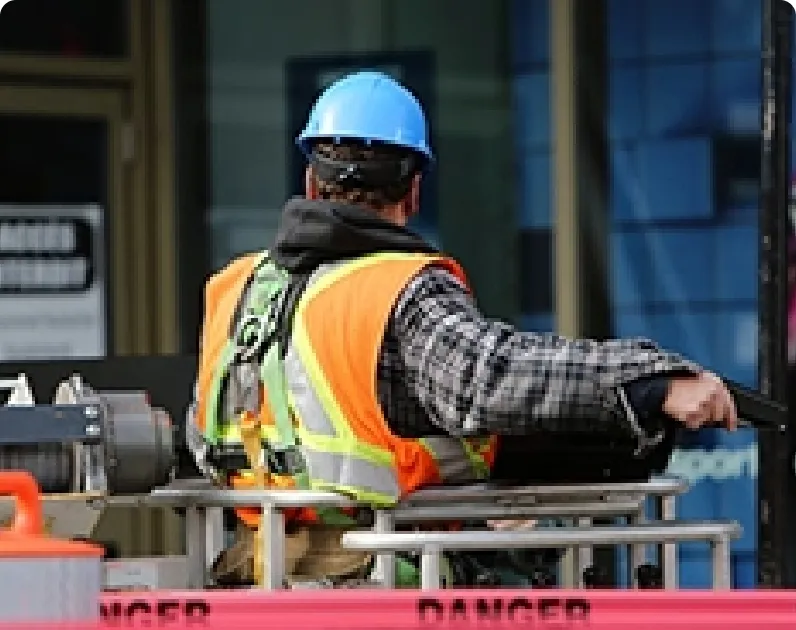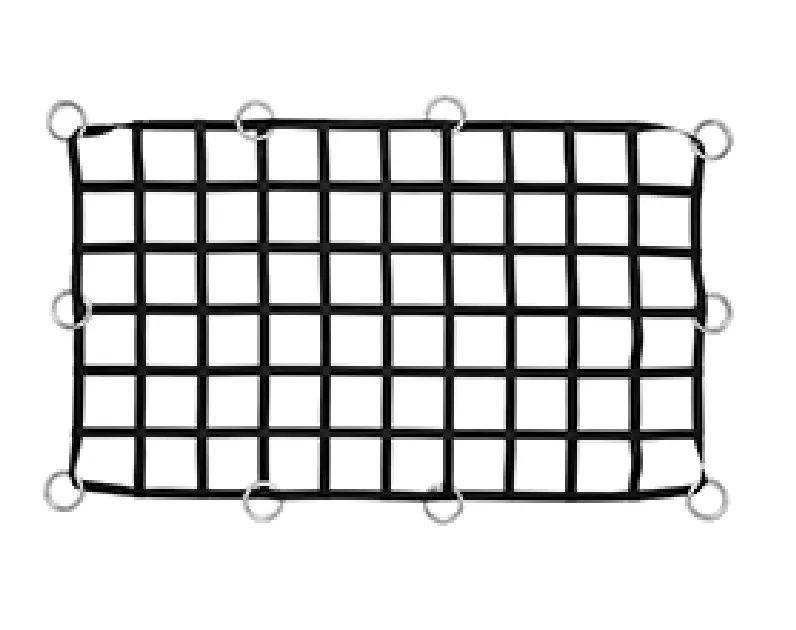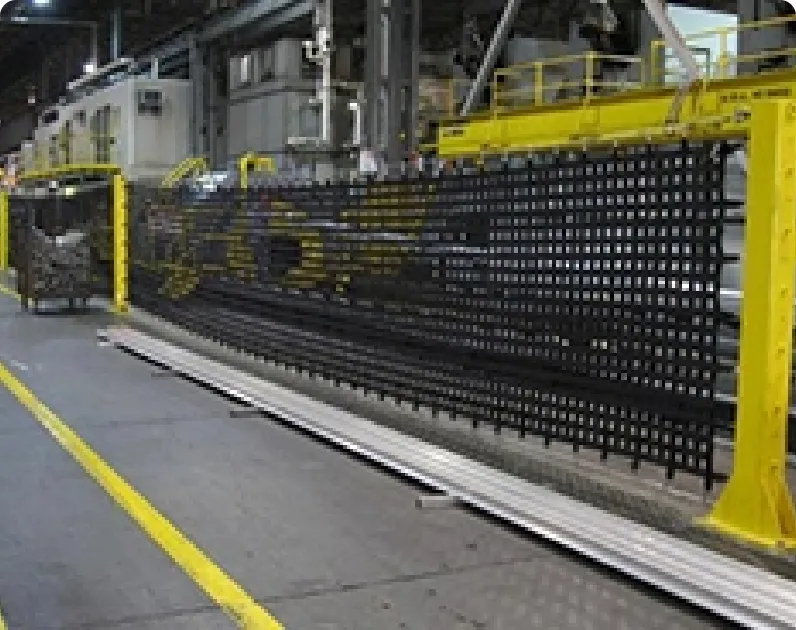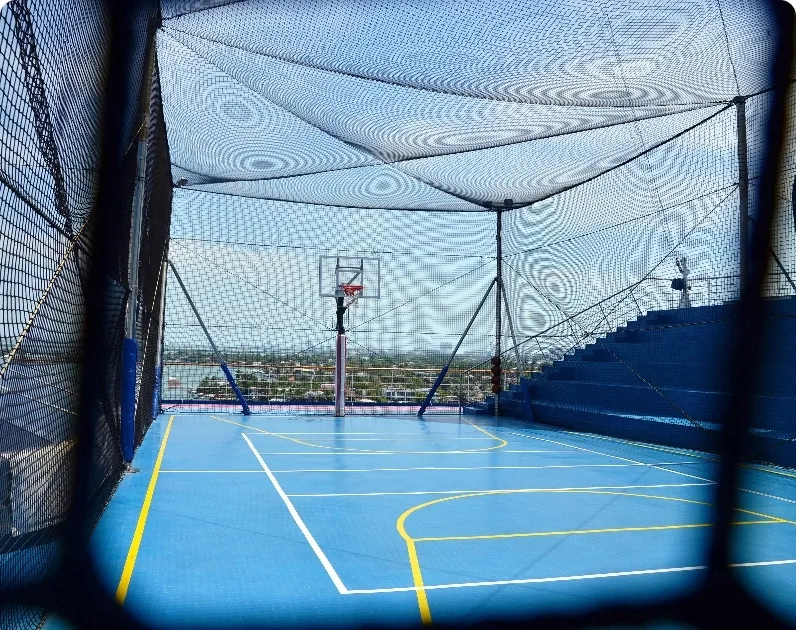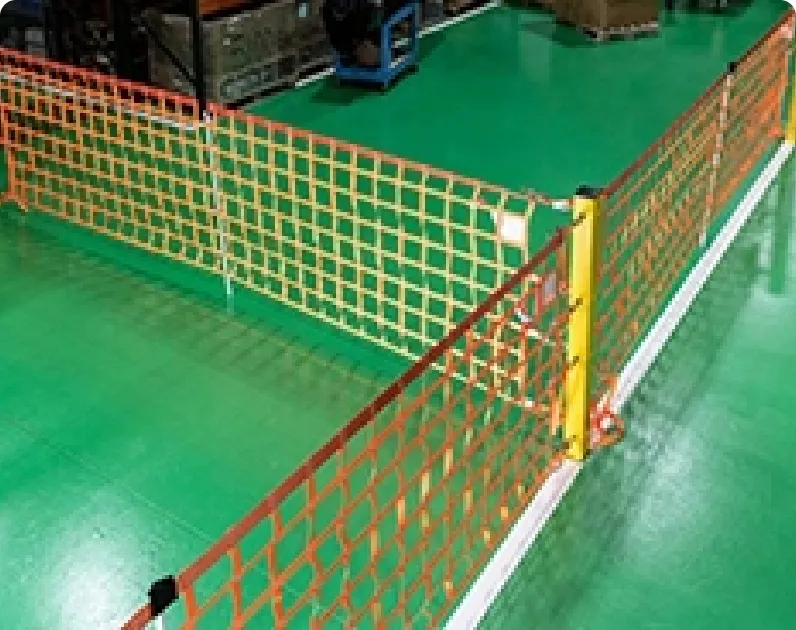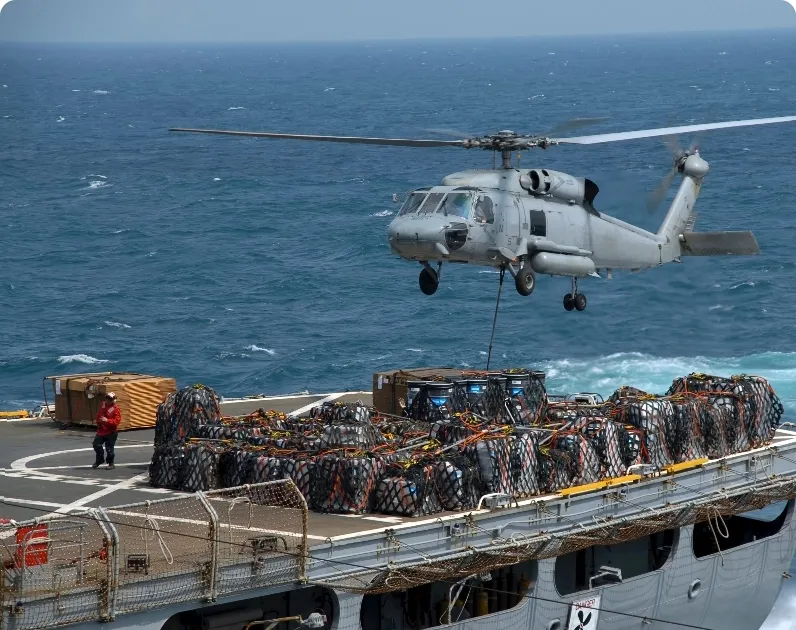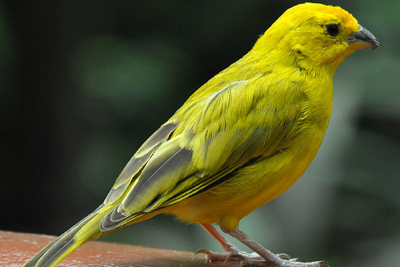Netting for Sale
Netting has a wide range of applications and comes in numerous shapes and many different mesh sizes throughout. It is an essential component in various industries, including safety netting for construction sites, cargo netting for transportation, and barrier netting for sports fields. No matter the use, selecting the right type of netting is crucial for the success of the application. This page primarily features our knotless and knotted solutions, we also have links to our other products such as bird netting.
Understand Your Netting Needs
Identifying the specific application for your netting is the first step in selecting the right product. US Netting offers a user-friendly website that categorizes netting by application to simplify the selection and purchase process. With categories such as safety netting, cargo netting, and barrier netting, you can easily find the right type of netting for your needs.
Knotless Netting
High tenacity, multi-filament polypropylene knotless netting is available in a variety of colors, all custom sized. UV stabilizers added. Nets are bordered or hemmed on all four sides with Vinyl or Webbing.
Knotted Netting
Knotted netting is a cost-effective alternative to knotless netting. It is strong and durable, making it an excellent choice for sporting applications and fall protection. Although it is unlikely to break due to the rigidness of the knots, knotted netting can easily be repaired by retying knots or splicing in materials. It is generally less expensive than knotless netting and is offered in various mesh sizes, cord diameters, and tensile strengths.
Custom Netting
US Netting offers custom netting solutions to meet your specific needs. If you require custom netting, that is not available in stock items, our own net and sales engineers are ready to assist you with the details of your custom netting project.
Request a Quote 1-800-331-2973NETTING BY APPLICATION
Raw Netting Available
KNOTLESS NETTING
High tenacity, multi-filament polypropylene mesh knotless netting is available in various colors and custom mesh sizes, with added UV stabilizers. Nets are bordered or custom hemmed on all four sides and covered with vinyl or webbing.
KNOTTED NETTING
Knotted nylon netting is available in multiple twine sizes, mesh sizes, and tensile strengths. It is constructed of a three-strand twisted twine composition and is UV treated. These nets are available with a raw, webbing, or rope border and can be custom customized for various applications.
Comparing Knotted and Knotless Netting
Knotted and knotless each have their advantages and disadvantages. Knotted netting is strong, durable, and resistant, and easy to repair, making it an excellent choice for sporting applications and fall protection. However, it is not as visually appealing as knotless netting. Knotless netting is light, easy to handle, smooth to the touch, and visually appealing, but it may not provide the strength needed in certain situations.
Common Uses for Knotless Netting
Knotless netting is versatile and can be used in different sizes and various mesh sizes for various applications, such as sporting events, holiday and summer decorations installation, decorative applications, crop protection, multi-purpose applications, safety barriers installation, arcade machines, amusement parks, and warehouse containment structures.
Common Uses for Knotted Netting
Knotted netting is also versatile and can be used in applications such as sports barriers, warehouse containment, bird nets, spectator safety nets, shelf containment or stock racking, light industrial crop protection, cargo containment, debris containment, and bird netting.
Common Uses
| Knotless Netting | Knotted Netting |
|---|---|
| Sporting Events | Baseball, basketball, soccer, volleyball barrier |
| Holiday Decorations | Spectator safety |
| Decorative Applications | Shelf containment or racking |
| Crop Protection | Crop Protection |
| Multi-purpose applications | Industrial applications |
| Safety Barriers | Containing cargo |
| Arcade Machines | Debris containment |
| Amusement Parks | |
| Warehouse Containment |
What is the difference between knotted and knotless netting?
Simply put, knotted netting has knots joining twine together to form the netting, and knotless netting is made without knots. Both types of netting are very versatile, and each has pros and cons.
| Knotted Netting Pros | Knotless Netting Pros |
|---|---|
| Available in a variety of mesh sizes, cord diameters, and tensile strengths | Light and easy to handle |
| Strong and durable making it an excellent choice for sporting applications and fall protection | Smooth to the touch and unabrasive |
| Easy to repair | Visually appealing and available in a variety of mesh sizes, cord diameters, breaking points, and colors |
| Dependable and unlikely to break because of the rigidness of the knots | Cost-effective |
| Knotted Netting Cons | Knotless Netting Cons |
| Knots can be rough to the touch | Not as easy to repair if damaged |
| Not as visually appealing as knotless | May not provide the strength needed in certain situations depending on the material chosen and mesh size |
As we've delved into the diverse applications of raw netting, it is clear that this adaptable material, with its varying mesh sizes and twine types, serves various industries and purposes, ranging from agriculture and aquaculture to sports and safety. However, one of its most significant and impactful uses is in bird control and protection. In the upcoming section, we will explore the importance of bird netting, illustrating how this specialized and lightweight form of netting with appropriate mesh size and twine strength helps protect valuable crops, buildings, and wildlife while being an environmentally friendly and cost-effective solution.

Bird Netting: A Versatile Solution
Bird netting is a valuable tool for various applications, from protecting crops to preserving the safety and well-being of birds. By implementing bird netting in different scenarios, we can ensure the protection of birds, property, and the environment while promoting the benefits of a harmonious coexistence between humans and birds.
Applications of Bird Netting
Crop Protection: Bird netting offers the benefit of a secure, cost-effective and environmentally friendly pest control solution for farmers, as it protects valuable produce from pest birds without harming them. By covering their crops with bird netting, farmers can minimize losses due to birds feeding on their plants, while also maintaining a balance in the ecosystem.
Building Protection: Birds can sometimes cause damage to buildings by nesting in vents, roof gutters, or other structural elements. Bird netting can be strategically placed around these areas to deter birds from nesting, thereby preventing potential damage to buildings.
Preventing Bird Strikes: Netting can be installed near airports or in other areas of cities where bird strikes may pose a risk to aircraft. By doing so, effective bird control netting helps to maintain the safety of both birds and passengers.
Protecting Fish Ponds: Bird netting can be used to cover fish ponds or other bodies of water, keeping birds free from consuming fish or contaminating the ground water.
Bird Sanctuary Protection: Bird netting can be employed to create safe spaces for birds to nest and thrive without interference from predators or humans. In bird sanctuaries, bird netting ensures the protection and conservation of various bird species.
Aviary Enclosures: Bird netting is an essential component for creating secure and humane enclosures small birds in aviaries, gardens or zoos. By using bird netting, caretakers can provide a safe environment for birds while also allowing visitors to observe them from a close distance.
Sports Facilities: In sports facilities, mesh bird netting can be installed to prevent birds from entering and potentially disrupting games or events. This same mesh size net also helps to maintain a clean and safe environment for both athletes and spectators.
Urban Bird Control: In urban environments, bird netting can be used as pest control or to deter birds from roosting or nesting in public areas, reducing the potential for property damage or health risks associated with contact with bird droppings.
Garden Protection: For home gardeners, bird netting can be an effective way to keep pest birds and safeguard fruit trees, vegetable plants, or flower beds from birds that may cause damage or eat the produce.
Balcony Protection Net: Bird netting or mesh net that can be installed around balconies of properties to prevent birds from nesting or roosting, keeping the area clean and reducing the risk of property damage.
Warehouse and Storage Facilities: In warehouses or storage facilities, bird netting can be employed to give access and keep birds from entering and potentially contaminating products or causing damage to equipment.
Historical Site Preservation: Bird netting can be utilized to protect historical sites from bird-related damage, ensuring that the details of these important cultural landmarks are preserved for future generations.
Solar Panel Protection: Bird netting nets can be installed around solar panels to prevent birds from nesting underneath them, which can lead to damage or reduced efficiency.
Temporary Fencing: In some cases, bird netting can be used as a temporary fencing solution, allowing for a flexible and cost-effective way to move and install bird nets to create barriers or enclosures as needed.
In conclusion, bird netting serves as a versatile and effective solution for a wide range of applications. By implementing bird netting in various scenarios, we can ensure the protection of birds, property, and the environment, while promoting a harmonious coexistence between humans and our feathered friends.
You can purchase our bird netting here.



